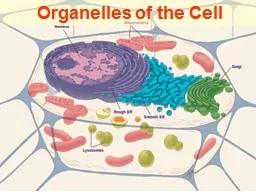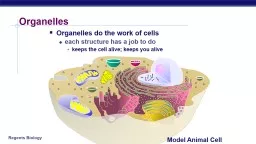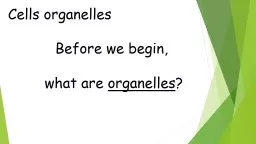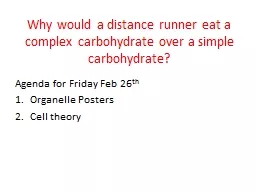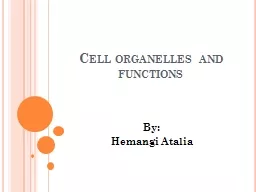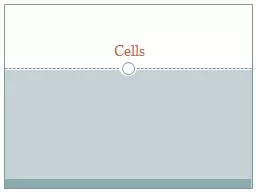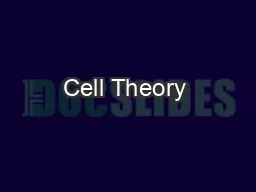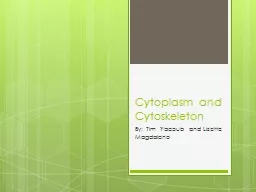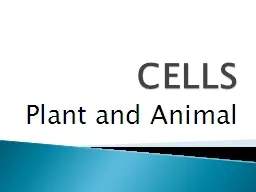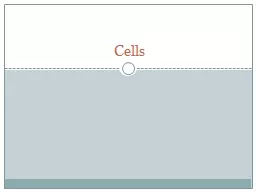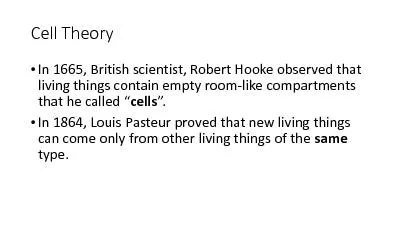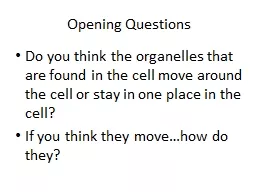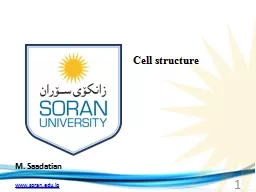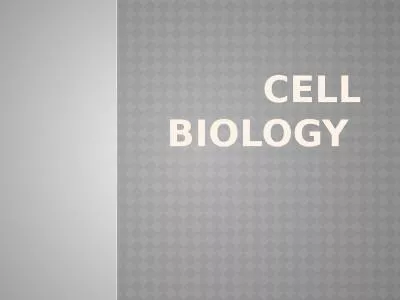PPT-Organelles of the Cell Three Sections of the Cell
Author : bigboybikers | Published Date : 2020-06-23
All cells take in food rid waste reproduce 3 main sections 1 Plasma membrane 2 Nucleus 3 Cytoplasm cytoplasm Cytoplasm Jellylike material inside of the cell Most
Presentation Embed Code
Download Presentation
Download Presentation The PPT/PDF document "Organelles of the Cell Three Sections of..." is the property of its rightful owner. Permission is granted to download and print the materials on this website for personal, non-commercial use only, and to display it on your personal computer provided you do not modify the materials and that you retain all copyright notices contained in the materials. By downloading content from our website, you accept the terms of this agreement.
Organelles of the Cell Three Sections of the Cell: Transcript
Download Rules Of Document
"Organelles of the Cell Three Sections of the Cell"The content belongs to its owner. You may download and print it for personal use, without modification, and keep all copyright notices. By downloading, you agree to these terms.
Related Documents

